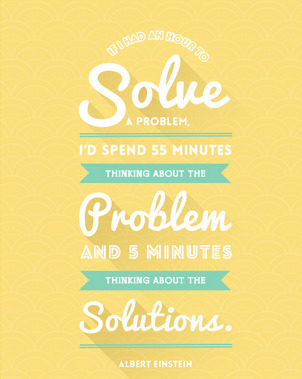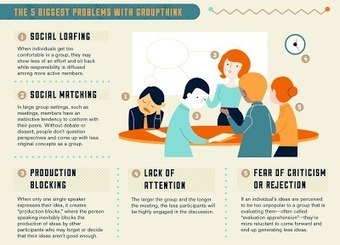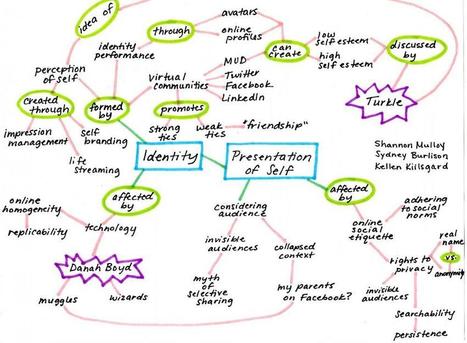Problem-based learning (PBL) was first introduced to the field of education in the 1960s by medical education specialist Howard Barrows, who argued that
Research and publish the best content.
Get Started for FREE
Sign up with Facebook Sign up with X
I don't have a Facebook or a X account
Already have an account: Login
Tech tools that assist all students to be independent learners & teachers to become better teachers
Curated by
Beth Dichter
 Your new post is loading... Your new post is loading...
 Your new post is loading... Your new post is loading...

Jackie Keith's curator insight,
June 18, 2013 10:26 AM
The SCAMPER technique can help. http://www.brainstorming.co.uk/tutorials/scampertutorial.html |

Tracy Hanson's curator insight,
April 5, 2013 3:14 PM
It seems the more people deny there are learning styles the more information surfaces explaining them. |










![How to Be More Creative [Infographic] at WhoIsHostingThis.com | Eclectic Technology | Scoop.it](https://img.scoop.it/DV7NLPGmaXCqqyk6aS4irjl72eJkfbmt4t8yenImKBVvK0kTmF0xjctABnaLJIm9)











Always wondered… Thx Beth Dichter
When you read or hear the words PBL do you think Problem-Based Learning or Project-Based Learning? This post discusses problem-based learning, and provides a historical background before discussing defining it. .The post then compares problem-based learning with project-based, inquiry-based and case-based learning before moving on to provide ten recommendations. Three are below.
* Clearly define your purpose for doing problem-based learning
* Develop ill-structured problems
* Emphasize depth over breadth
To learn more about these three recommendations and view the other seven click through to the post. You may find that problem-based learning is already being used do some degree with your learners, and this post may provide some ideas on how to move into this direction more efficiently.
When you read or hear the words PBL do you think Problem-Based Learning or Project-Based Learning? This post discusses problem-based learning, and provides a historical background before discussing defining it. .The post then compares problem-based learning with project-based, inquiry-based and case-based learning before moving on to provide ten recommendations. Three are below.
* Clearly define your purpose for doing problem-based learning
* Develop ill-structured problems
* Emphasize depth over breadth
To learn more about these three recommendations and view the other seven click through to the post. You may find that problem-based learning is already being used do some degree with your learners, and this post may provide some ideas on how to move into this direction more efficiently.